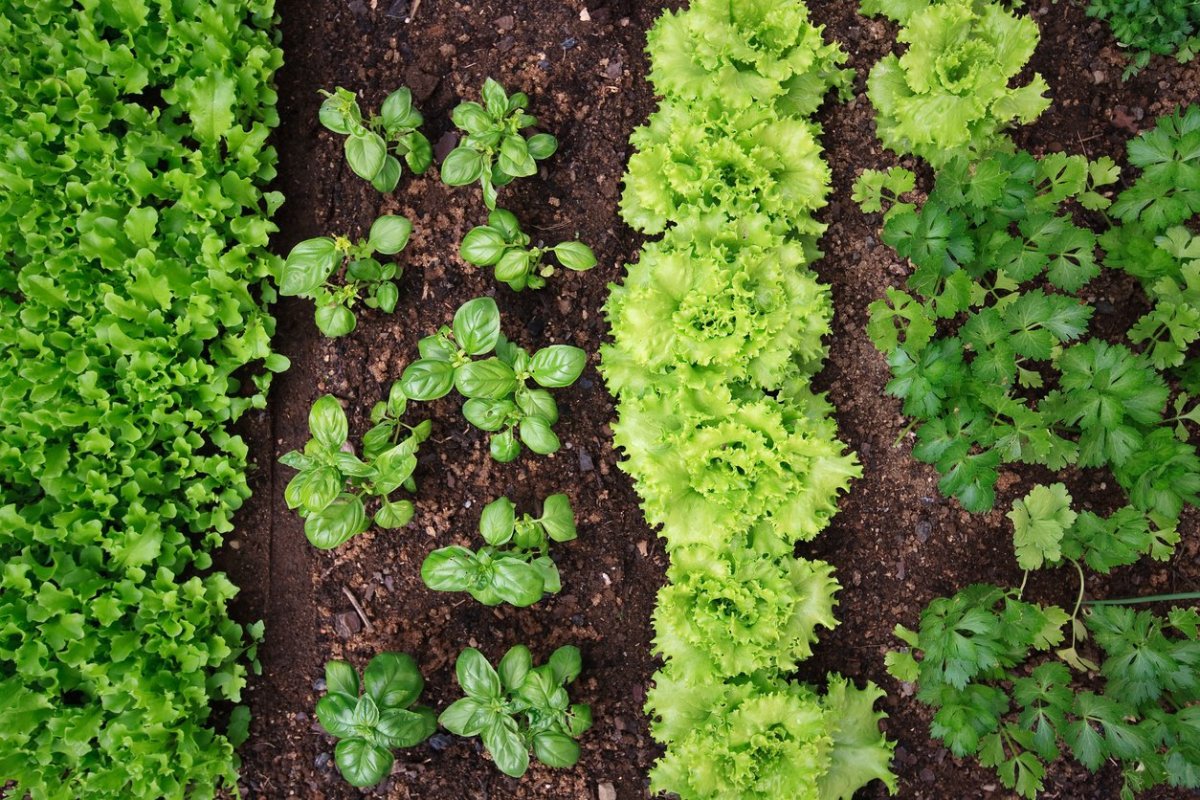
CROPANION
We leverage the power of Machine Learning as precision agriculture in intercropping farming to tackle climate change and promote sustainability in vulnerable regions around the world.
Start Here
We leverage the power of Machine Learning as precision agriculture in intercropping farming to tackle climate change and promote sustainability in vulnerable regions around the world.
Start Here40
N,P,K
35 Celcius Degree
Temperature
12.2%
Humidity
